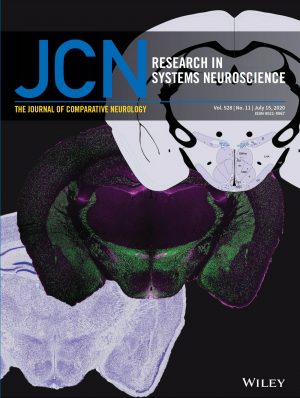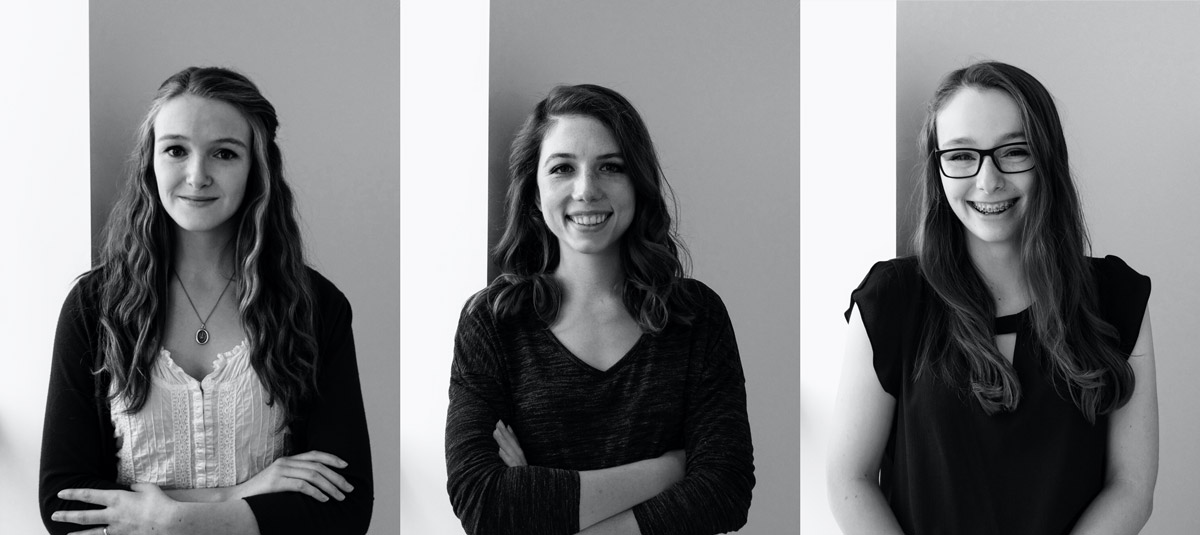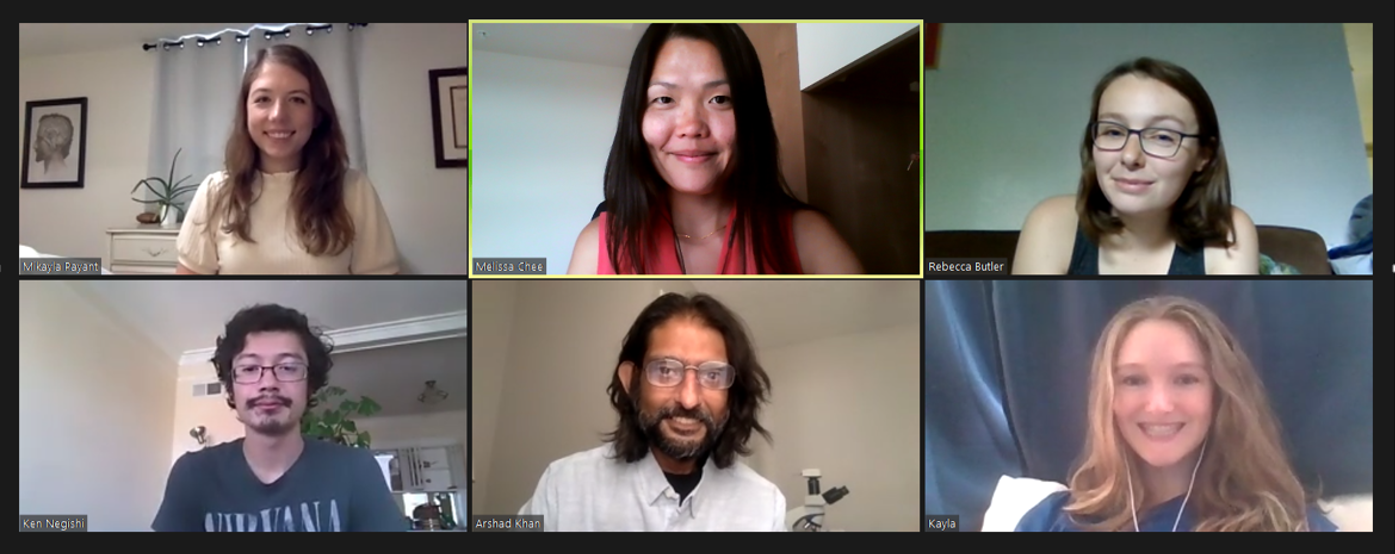Zona incerta: Prof. Melissa Chee's lab helps unveil new knowledge on the brain’s zone of uncertainty
There are roughly 86 billion neurons in a human brain. It is our most complex organ – and the least understood. Far from knowing what each neuron does, neuroscientists are still determining the many functions that areas of our brain can perform.
When it was named, little was known about the area of the brain known as the zona incerta – Latin for zone of uncertainty. We’ve since learned that it has diverse roles in feeding, sleep, and fear. A collaboration between researchers at Carleton University and the University of Texas at El Paso (UTEP) has shown that neurons in the zona incerta can produce dopamine – which could help determine how it performs those roles.

Dopamine is a neurotransmitter associated with our brain’s reward system. It can be released by sex, drugs, and social media likes. Too much dopamine – or too little – can contribute to mental health problems.
In research featured on the cover of the Journal of Comparative Neurology, Carleton’s Dr. Melissa Chee and UTEP’s Dr. Arshad Khan led a collaboration that revealed that dopamine is produced by neurons in the zona incerta.
Three of Chee’s students worked on the project. Rebecca Butler and Kayla Schumacker were undergraduates at the time, and worked with Mikayla Payant, now a PhD student. They used a technique to identify enzymes that a cell would need to make dopamine.
“We labelled our neurons of interest with a fluorescent protein,” say Butler, Payant, and Schumacker.

“Then, we looked for tyrosine hydroxylase and dopamine beta hydroxylase, which are two enzymes needed to make dopamine. Lastly, we adapted our techniques to stain for dopamine itself. This combination of techniques is not common, so it was challenging to resolve and visualize the dopamine.”
Prof. Melissa CheeOnce they found these dopamine neurons, they needed to figure out where the neurons were located within the brain. Enter the Khan lab at UTEP, which specializes in brain mapping. They were able to place the dopamine neurons on a brain atlas.
“If you stain a slice of the brain for an enzyme, you can see cells floating, but nothing that indicates where you are in the brain,” says Ken Negishi, a PhD student in Khan’s lab who provided the mapping framework.
“We use a Nissl stain to show all of the neurons. When you see them all at once, you see that neurons have different shapes and sizes. They can be compact or spaced apart. We zero in on these features to find the boundaries within the brain. Once we know those boundaries, we are able to target neurons in a specific region.”

The project leveraged each research group’s strengths.
“The focus on transgenic technology allowed us to soak in new terminology and concepts,” says Khan.
“At the same time, this allowed Melissa’s students to soak up the language and rhetoric of maps and atlases. Where you are in the brain, and how to take a census of a brain region.”
Much as a road map can give a driver directions, placing the dopamine neurons on an atlas map of the brain will help other scientists locate and work with them.

For Chee, the project underscores the value of international collaboration in science – and the largely untapped potential of undergraduate students.
“It was a joy to be able to share this research with undergraduates. They are so much more capable than they are sometimes given credit for,” says Chee.
“Science can be a wonderful world without borders, where people cooperate and collaborate to solve problems. With Carleton’s support and Canada’s brain initiatives, we also had collaborators in Boston and the Netherlands who shared their expertise and unique resources with us.”